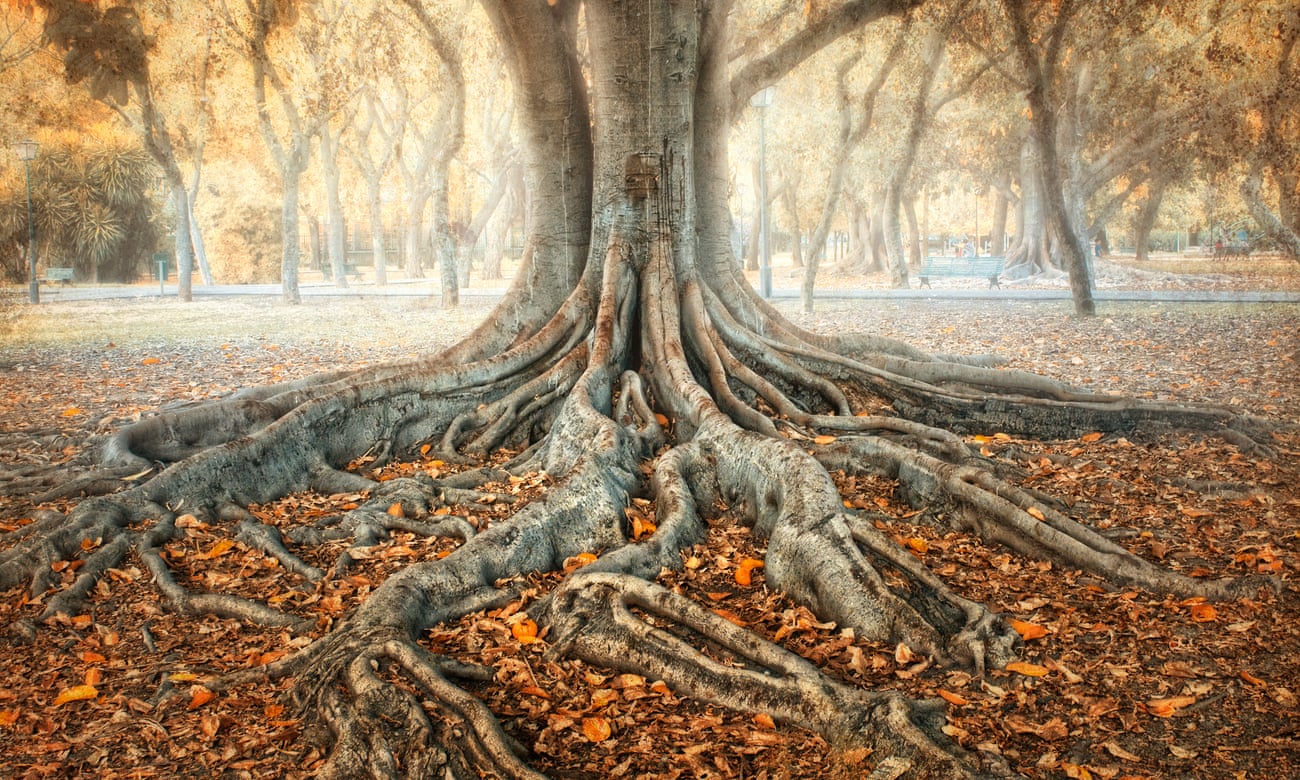Around the world, a movement is gaining momentum that grants legal rights to natural phenomena, including rivers, lakes and mountains. Robert Macfarlane investigates the rise of the new animism
This article by Robert Macfarlane appeared in The Guardian on November 2nd, 2019.
On 26 February 2019, a lake became human. For years, Lake Erie – the southernmost of the Great Lakes – has been in ecological crisis. Invasive species are rampant. Biodiversity is crashing. Each summer, blue-green algae blooms in volumes visible from space, creating toxic “dead zones”; the algae is nourished by fertiliser and slurry pollution from surrounding farms. In August 2014, phosphorus run-off so fouled Erie that the city of Toledo, at the lake’s western tip in Ohio, lost drinking water for three days in the hottest part of the year.
Appalled by the lake’s degradation, and exhausted by state and federal failures to improve Erie’s health, in December 2018 Toledo city councillors drew up an extraordinary document: an emergency “bill of rights” for Lake Erie. At the bill’s heart was a radical proposition: that the “Lake Erie ecosystem” should be granted legal personhood, and accorded the consequent rights in law – including the right “to exist, flourish, and naturally evolve”.
The Erie Bill of Rights is a brief, passionate, urgent text; reminiscent to me of a scene from a Greek tragedy or an Ibsen play. “We, the people of the City of Toledo … ” runs the italicised choral refrain; a “recital”, in legalese. The bill’s phrasing rings with love and rage. It dreams beautifully of an equitable land ethic. “It has become necessary,” the bill declares, “that we … extend legal rights to our natural environment to ensure that the natural world [is] no longer subordinated to the accumulation of surplus wealth and unaccountable political power.”
(To read the rest of this article at its original source please click HERE.)

